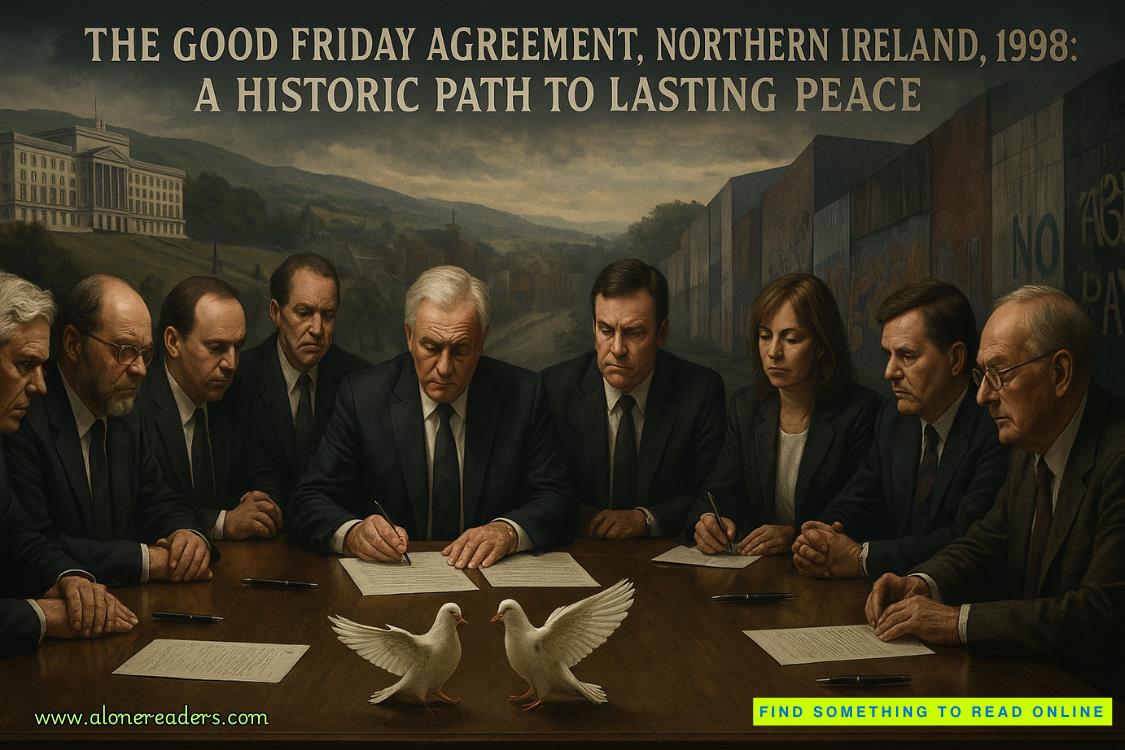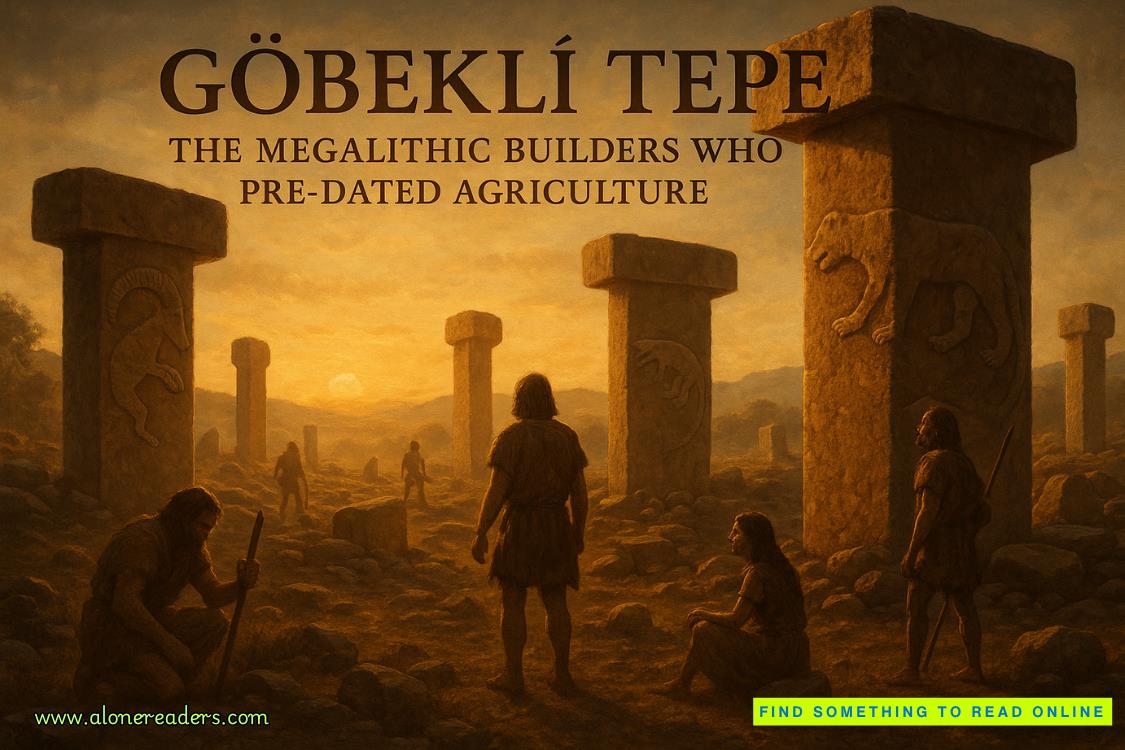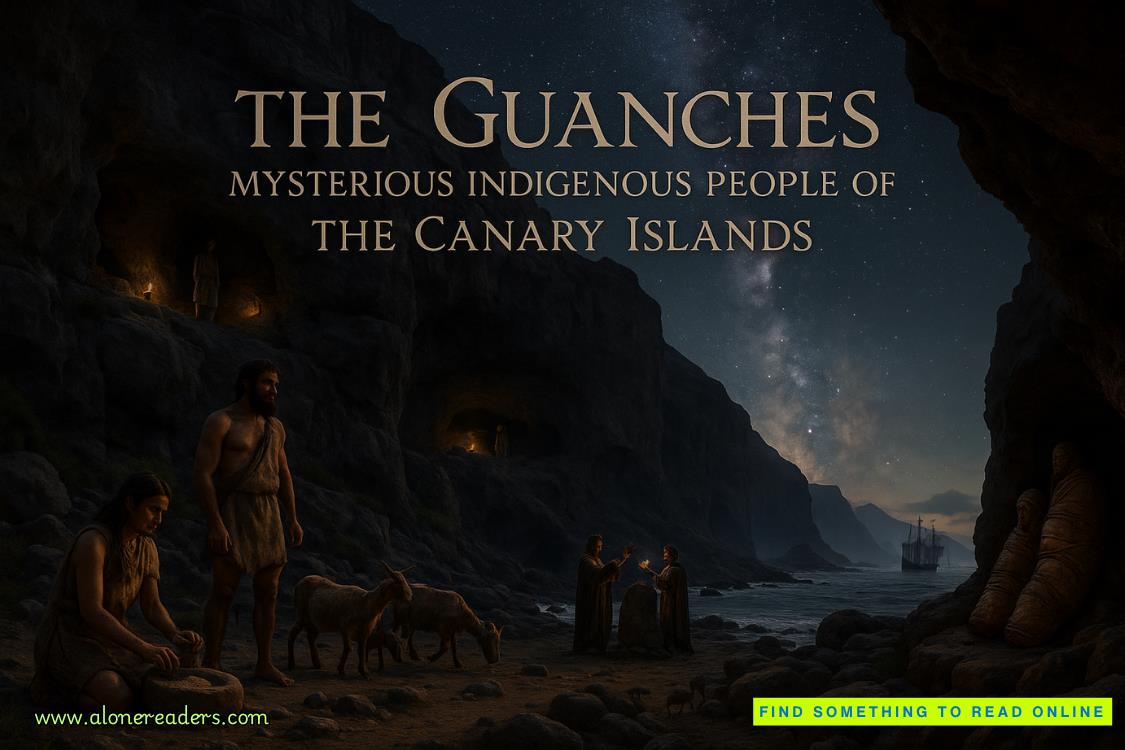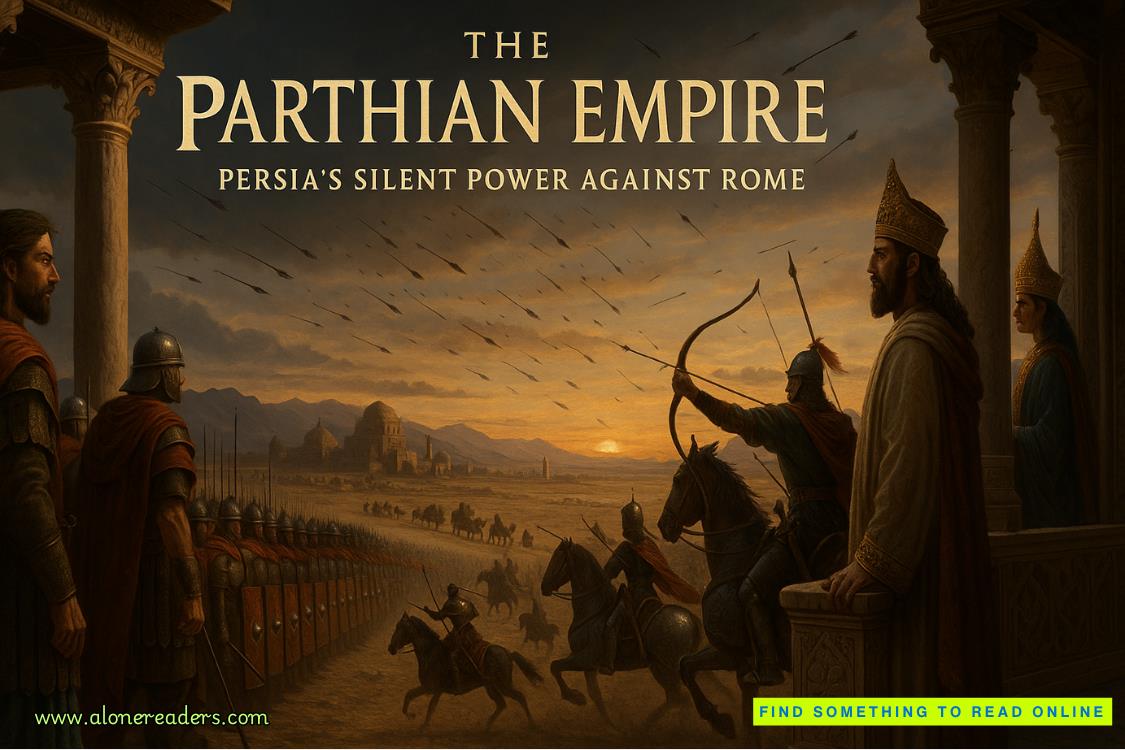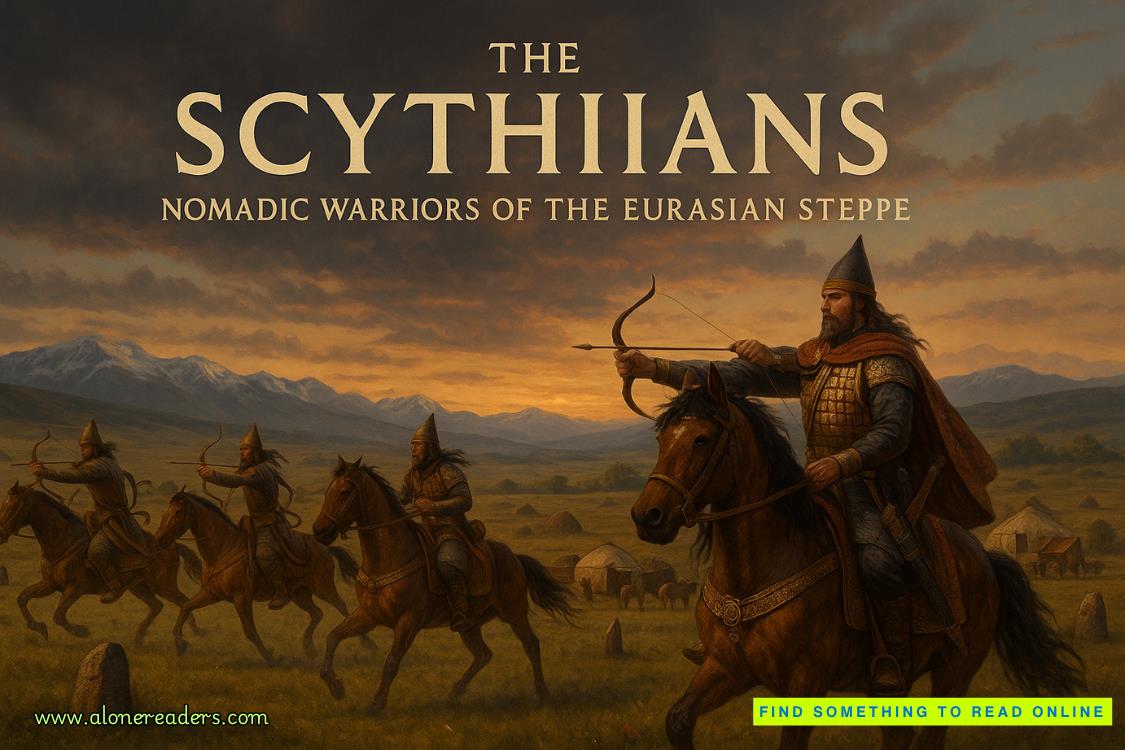Page 90 of Protected By My Best Friend's Brother
Sophie’s right. It’s time to be brave.
I just need to plan something worthy of the woman who revolutionized not just our company but my entire world.
***
A successful first month of the new division calls for celebration. Emma insists on treating her entire team to dinner, turning O’Sullivan’s into what she calls a “sustainable innovation party.” Maggie, the longtime manager, has reserved the entire back section and seems genuinely delighted by the transformation of her usually quiet establishment into a hub of corporate festivities.
Emma’s team has grown quickly. Twenty-eight people from various departments have joined her vision of human-centered sustainable technology. They represent a cross-section of the company: seasoned veterans like Garrett, alongside fresh college graduates and technical specialists working with creative marketing minds.
Watching her toast each team member, highlighting their specific contributions, I’m struck again by how naturally she leads. She remembers everyone’s name, specialization, and their unique contribution to the division’s success.
“To Natalie,” she raises her glass to her longtime friend, “for translating our technical jargon into language humans can actually understand. Without you, we’d still be trying to explain adaptive learning protocols to manufacturing plant supervisors.”
“To Miles,” she continues, acknowledging the programmer who helped solve the Gordon Junior crisis, “for proving that rubber ducks can indeed inspire revolutionary coding solutions.”
The team laughs, united by the now-legendary story of our overnight adventure with the virtual duck. It’s become a divisionmascot, with small rubber ducks appearing on desks throughout the office.
“To Garrett,” she raises her glass, surprising everyone, including him, “for reminding us that embracing new perspectives is never too late. And for finally admitting that color-coding improves efficiency.”
“I merely suggested,” he protests with good humor, a marked change from his formerly rigid demeanor, “that your organizational system has merit.”
“High praise from someone who used to call my methods ‘chaotically unprofessional,’” she teases.
The team laughs, and I marvel at how she’s transformed even our corporate culture.
The old guard and innovation working together, creating something better than either could alone. The division she’s building isn’t just developing new technology; it’s reshaping how our entire company approaches problem-solving.
Watching her move through the group, I’m struck by how my father would have approved of this evolution. He’d always believed Walker Enterprises should be more than just profitable—it should improve lives. Emma’s vision for sustainable technology embodies that principle perfectly.
Later that week, I find a stack of bridal magazines on Sophie’s desk. They’re not even subtly hidden—positioned prominently between her marketing reports and coffee mug.
“Subtle,” I comment, dropping into her visitor’s chair.
“Oh, please.” She doesn’t look up from her computer. “Mom’s been sending them to me since Emma turned down London. I’m just keeping them handy for when my idiot brother finally gets his act together.”
“I’m working on it.”
“Work faster. She’s already reorganizing your entire home.” Sophie finally looks up, fixing me with that shrewd sisterly gazethat’s been seeing through me since childhood. “The woman color-coded your life, Lucas. She’s already your wife.”
She has a point. Emma moved into my place seamlessly, her organized chaos fitting perfectly with my structured routine. Far from the disruption I might once have feared, her presence has made the house feel more like a home—sustainability journals mixed with my business books, her color-coded meal planning system on the refrigerator, and our workspace reorganized to accommodate both our styles.
Last night, I found her asleep at our shared desk, surrounded by sustainability reports and wedding venue brochures she thought she’d hidden carefully. The sight had made my heart swell—this brilliant, beautiful woman planning a future with me, even as she revolutionized sustainable technology.
“I just want it to be perfect,” I admit. “Something that shows her how much she means to me, to all of us.”
Sophie finally looks up, her expression softening. “Then maybe stop thinking like a CEO trying to plan a perfect merger and start thinking like Lucas, the guy who fell in love with a girl who color-codes everything and turns corporate chaos into innovation.”
Her words resonate more than I care to admit. I’ve been approaching this proposal like a business strategy—analyzing options, assessing risks, and planning contingencies. But that’s not what Emma and I are about. Our best moments have always come from embracing the unexpected, finding brilliance in chaos, and trusting each other enough to take risks.
“What would you suggest?” I ask, swallowing my pride in the name of getting this right.
Sophie’s smile turns thoughtful. “Something that celebrates both sides of your relationship. Professional and personal. The partners who challenge each other at work and support each other at home. Something uniquely... you two.”
As I leave her office, ideas begin forming—not the traditional lakeside proposal I’d been planning, but something that better reflects our journey. Something that honors both where we began and where we’re going.
***
The final pieces fall into place by Wednesday evening. The team has outdone themselves with the preparations. Their excitement was barely contained during our last planning meeting. Even Garrett has contributed ideas, offering insights on board involvement that I wouldn’t have considered.



